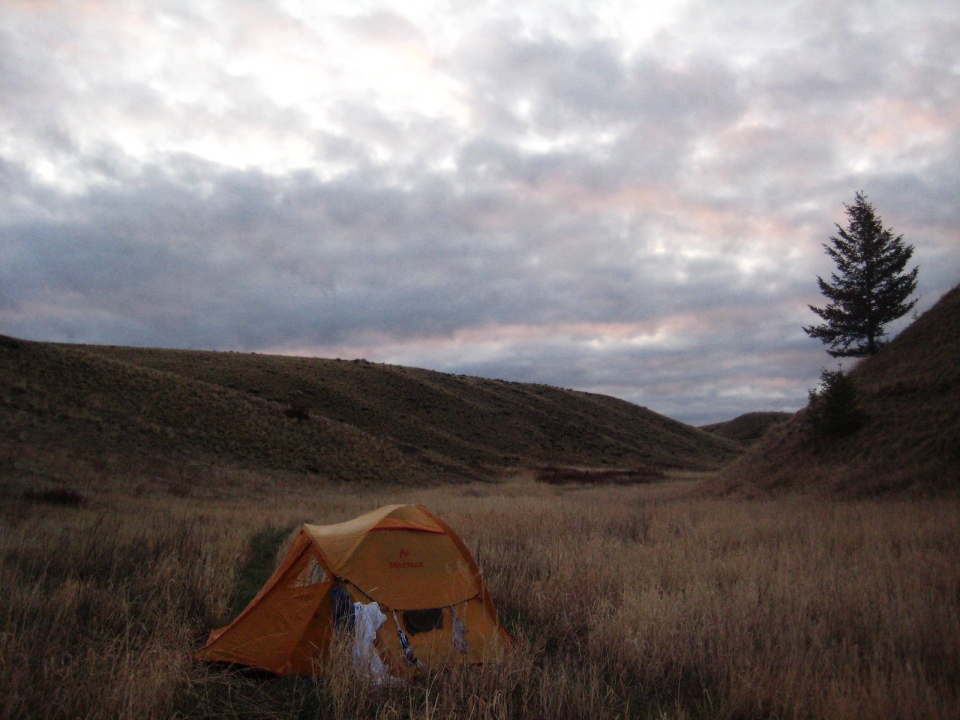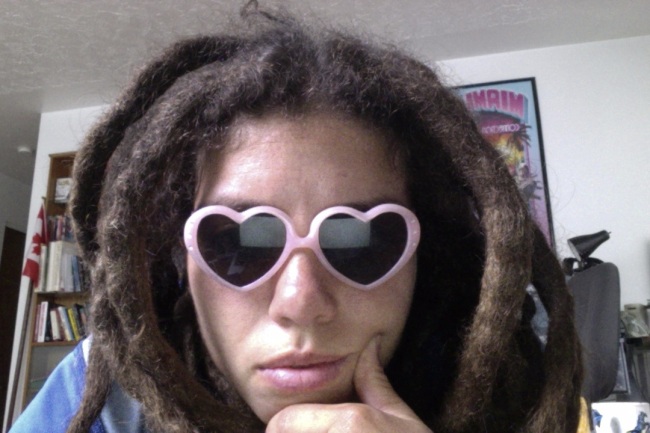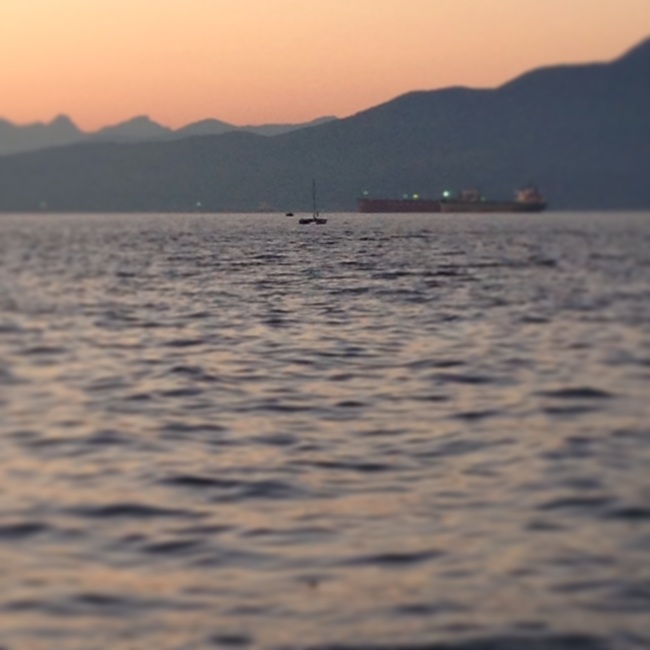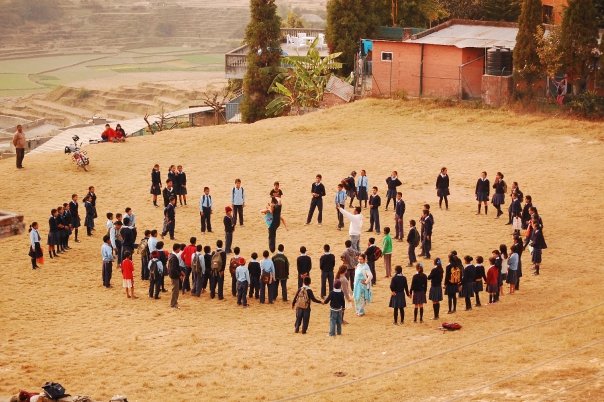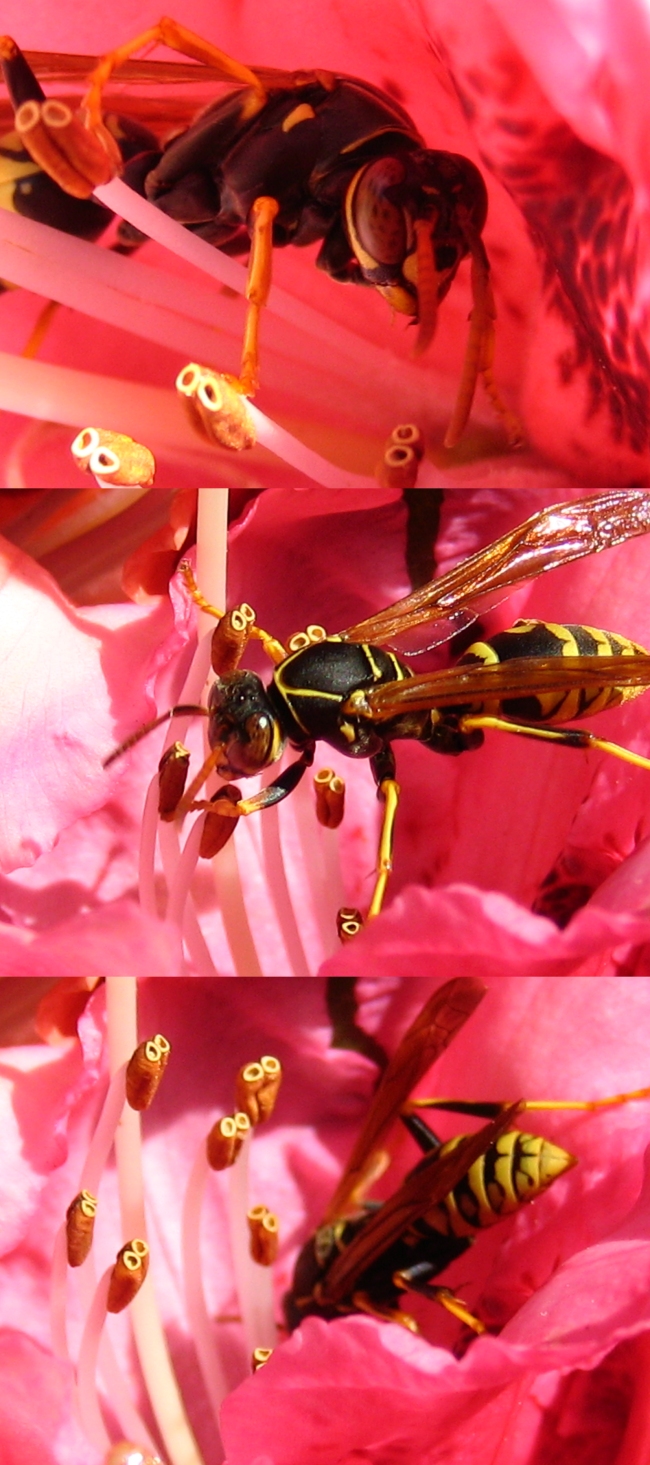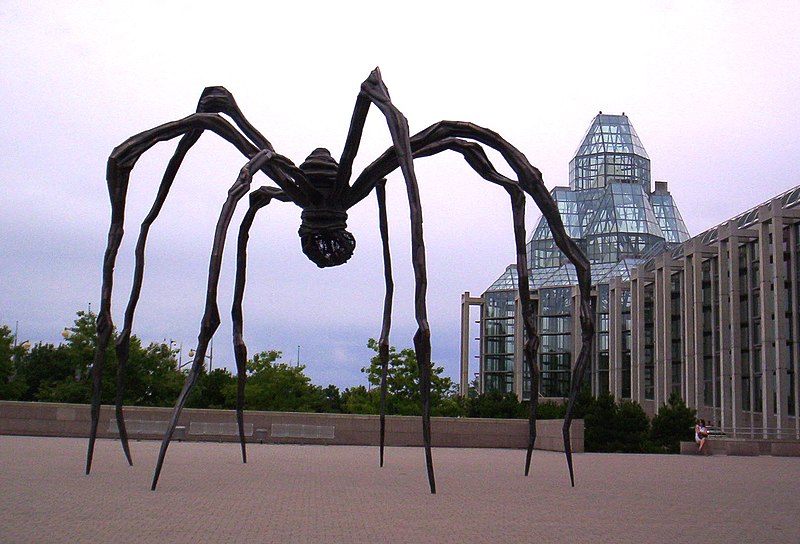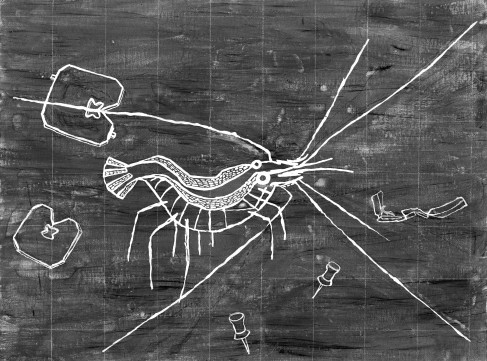How does one assess Art in the classroom? How do teachers give marks for visual work?
When I look back to my own high school experience I recall plainly how marks were dolled out in Math class; homework was handed in, quizzes were scored, tests were taken, and numbers were tallied up.
In Science, much the same story, as well as Social Studies, and English. Well actually, in both English and French classes I recall doing a lot of reading, and writing. Did I do the reading? Yes, good, I got my marks. Did I write without making tons of grammatical/vocabulary errors? Yes, good, I got my marks.
But what about Art? It was a large component of my workload in high school, and yet I remember nothing of the marking scheme. Perhaps that is because the scheme was not clear, or maybe I’ve tried to bury the bad memories. Either way, it’s generally an unclear concept.
People often think, you make a boring, ugly painting, you get a bad mark, right? One thing that has become certain in my mind is that Bad Art does not, should not equate to Bad Marks. By ‘Bad Art’ I simply mean not pretty, or not attractive. So far, some of the best work I’ve seen students make was spontaneous, abstract, dicey, obscure. I love the meticulously detailed stuff too, but in the end, what inspires most is the application of energy. That application is experimental — art is experimental in most cases — you never know what the exact outcome will be. In Math class, the teacher knows what the outcome will be. It is understood by both the students and teacher that there are right answers and wrong answers. There are simply no wrong answers in Art. There are safe ways to use materials and techniques, there are successful implementations of tools and methods. However, there is no such thing as a wrong art piece.
Assessment in Art should therefore not emphasize the marking of products, but rather the process. It’s easy to envisage a marking scheme that considers the conduct of students in class — whether or not they are attending, listening, working, contributing. It’s easy to assess whether or not they are applying techniques that are demonstrated, using the time they have to create, or just fooling around instead. I do not believe that the final thing, the art can be assessed officially, but it can indeed be critiqued by themselves and their peers. And the students can learn to critique constructively. Their participation can then in turn be marked.




